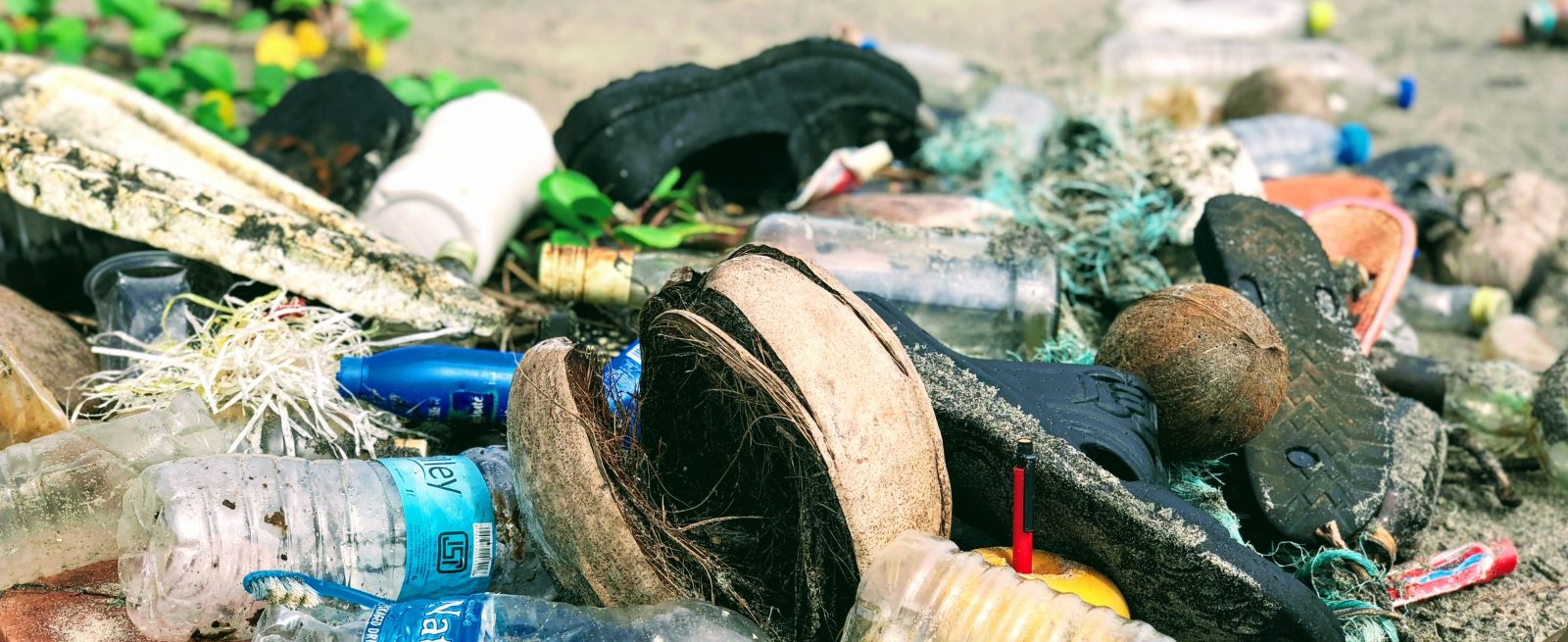Bokashi – A Compact Solution to Food Waste in Small Restaurants
3 Min Read By Shannon Bergstrom
Any restaurant owner will already know that food waste is a big issue. From the wholesaler through the kitchen and onto the plate, it seems at every stage of the journey there is something to trash, and all that waste very quickly begins to mount up.
The US restaurant sector alone is thought to account for around 11.4 million tons annually, and to make matters worse, a 2014 study by the Food Waste Alliance found that around 84 percent of food waste was disposed of, with a mere 16 percent recycled or donated.
Naturally, this is a huge environmental issue, not regarding the wasted energy and resources that goes into producing that food, but also for the municipalities left to deal with the waste. In fact, it is still the largest component found within landfills, accounting for around 22 percent of all materials dumped each year. Additionally, as it is left to decompose unchecked, it produces large amounts of methane and C02 while contributing to toxic landfill leachates that pollute groundwater.
The problem with food waste extends even further for small restaurants and other food vendors. Particularly where municipalities do not provide regular recycling or waste collection services, waste not only ends up in landfill, but it can also create unhygienic or even toxic areas in small restaurants and outdoor areas—particularly when it comes to discarded meat and bones.
However, for small restaurants everywhere, there might just be an answer to the growing problem of food waste. A simple, hygienic, and odorless answer. It is, in fact, a centuries old Japanese method of fermentation called bokashi— and it might just be the perfect solution for small restaurants who want to reduce food waste and improve hygiene at the same time.
What Exactly is the Bokashi Process?
Bokashi is a fermentation process that uses Effective Microorganisms (EM) to break down waste organics in a safe (hygienic) and odorless way through anaerobic digestion. This is achieved by creating an oxygen-free environment and layering food waste with something called bokashi bran; usually made from a base of wheat bran, rice husks, newspaper, or coffee grounds mixed with water, sugar, and EM.
Using a special bucket with a drip tray and tap, waste is layered once a day with the bokashi bran, removing as much air as possible before resealing. The drip tray and tap are important here as, every twi to five days, the bucket must be drained of any liquid that has built up in the bottom.
This liquid, sometimes called bokashi tea, is rich in nutrients and beneficial microbes, it can be used to fertilize gardens or house plants (for those that have them) or even poured down the drain to combat limescale, sludge, and odors. As an added bonus, the microorganisms eventually make their way into water systems, boosting beneficial bacteria at all stages of the wastewater treatment process.
Once the bucket is full, it is sealed and left to sit for two to three weeks. During this time the bucket should still be drained every two to five days. Over this period, the mix ferments (pickles), eventually producing refuse which can either be used as compost or placed in dedicated recycling bins for collection.It is now non-toxic, will not attract rodents, and does not smell.
How Does this Benefit Restaurants?
Bokashi provides many benefits for small restaurants. Firstly, with the exception of large quantities of oil, all food waste can go into a bokashi bin. That’s meat and bones, fruit and veg, cooked and uncooked materials. Filling the bin once a day, and tamping materials down to remove the air, also keeps large amounts of food waste hermetically sealed and confined to a relatively small space.
There is no odor from the bins themselves so they can be kept in a suitable indoor area away from food preparation. Additionally, at the end of the process there is no toxic or hazardous waste created, meaning it can be used to help support a restaurant garden without the risk of attracting rodents and other pests. The same is true if stored in dumpsters, with the acidic bokashi waste actively deterring pests.
If your restaurant is limited to the disposal or recycling food waste, the bokashi process provides a significant benefit over simply throwing it into bins raw. As the air and liquid are removed from the waste, it is significantly reduced in size, allowing your restaurant to both reduce the space it takes in dumpsters and the costs associated with collection, disposal, and recycling.
Finally, while the most effective way to deal with the growing food waste issue is to prioritize reduction, there is no doubt that food waste will always be a part of the restaurant industry. The bokashi process, however, can provide a vital piece of the puzzle when it comes to minimizing landfill emissions, supporting current recycling systems, and creating a healthier and happier working environment for staff and customers.


